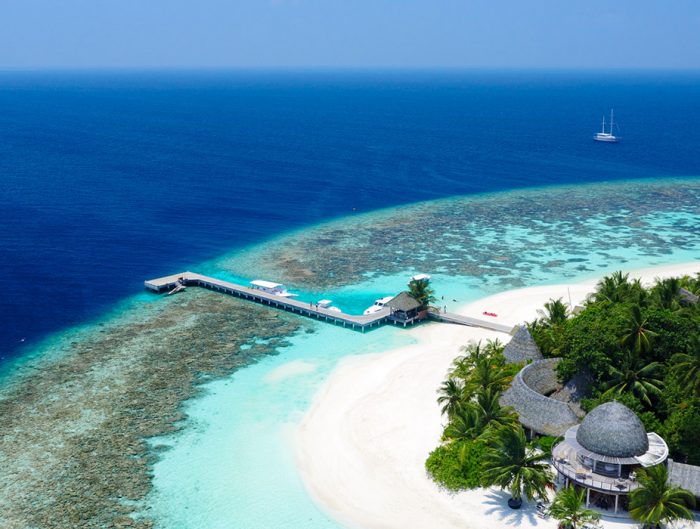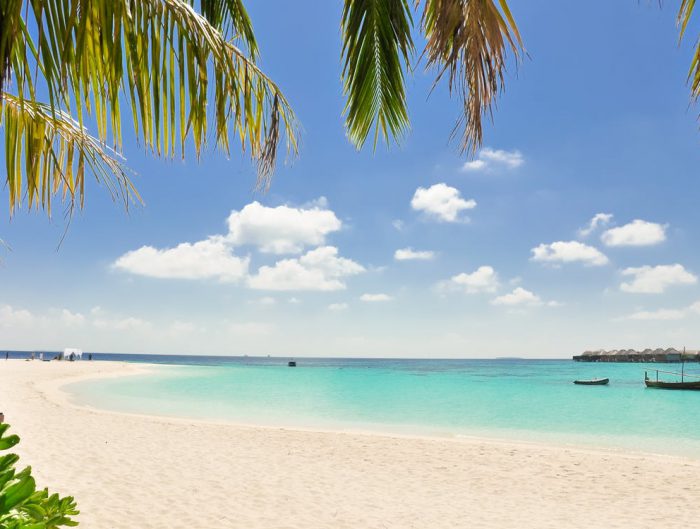As an archipelago famed for its pristine virgin islands and resort bases the likes of COMO Cocoa Island, The Maldives among countless others, it is difficult to imagine that the country would construct a manmade island with so many uninhabited isles occupying its landscapes. Regarded as one of the most cutting edge development efforts undertaken by the Maldivian government to meet the demands of population increase in the capital, Hulhumale is surrounded by a reef of 1.8 square metres much like most of its natural islands.
It is doubtful any Maldives luxury resort or hospitality hubs would be part of Hulhumale’s landscapes as it is being built to serve as a dwelling for the populace of Male rather than a tourist enterprise. As the threat of the Maldivian islands being submerged by rising sea levels is ever present, the manmade island has been constructed two metres above the ocean level as a protective measure. The lagoon’s coral and sand were excavated and placed on top of the reef to create the island which is actually an extension of the nation’s capital.
The initiative which kicked off nearly two decades ago in 1997 is now nearly at completion with two thirds of the island housing a variety of public and private institutions. There are not only community apartment complexes and a large mosque but also a school as well as a number of boutiques and shops. The mosque is probably the best known landmark in the area with its gold-hued dome of glass. Perhaps the most surprising feature of Hulhumale is its artificial beach which is no less attractive than the many sandy beaches littering the archipelago’s many islands and atolls. The first phase of the project is expected to end in 2020 when a whopping 50,000 residents are expected to occupy the island along with numerous other recreational and industrial epicentres as well as a sports stadium and a marina.
Catalina Forbes is a travel writer who bases her content on many thrilling escapades experienced across the world. Google+



